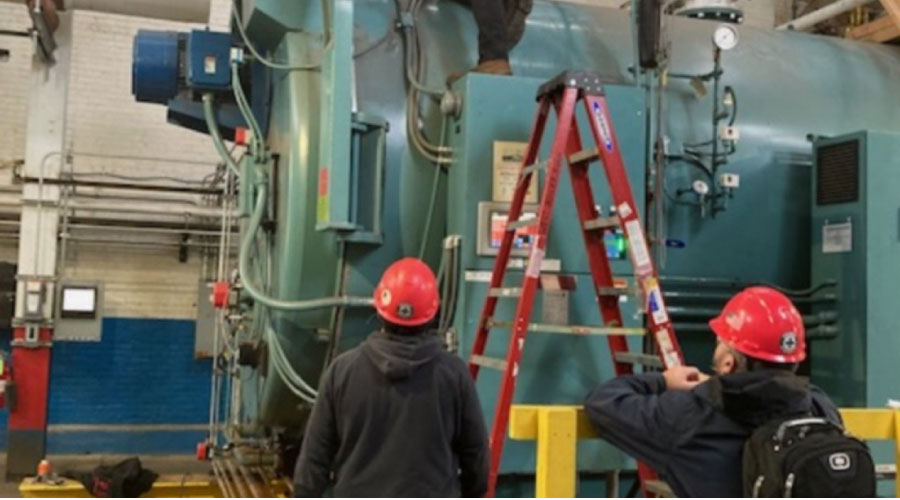Managers Need to Understand Temporary Cooling System Options
Institutional and commercial facilities, as well as the operations they support, have grown increasingly dependent on cooling technology. In many of these facilities, a loss of cooling requires either a curtailment of activities or a complete shutdown of operations.
Temporary-cooling systems can minimize the impact of lost cooling on a facility's operations, but only if maintenance and engineering managers develop and implement a comprehensive plan of action before a crisis occurs. When the cooling system fails and customers are beating down the door, it is simply too late for effective action.
Contingency planning in these situations also makes a great deal of financial sense. When cooling systems fail and facility operations and assets are compromised, people have a tendency to panic. As a result, managers might make decisions that are not appropriate or cost-effective.
Mapping out a response to the loss of cooling for all or part of a facility helps managers to respond more quickly and prevents unnecessary overtime and equipment costs that typically result when operating in crisis mode.
Cooling Options
As the demand for temporary-cooling systems has grown in recent years, so have the options available to managers. For small load requirements — typically 1 ton or less — technicians can easily move a portable unit with wheels into the space and plug it into a standard electrical outlet. A flexible duct removes the heat generated by the unit's compressor through a window or into an unoccupied space.
Larger units — those with capacities of up to 5 tons — generally must operate outside the building, due to their physical size. Flexible ducts that run through windows direct conditioned air to the space. Depending on the unit's power requirements and the availability of electricity in the space, it might be necessary to run a temporary electrical service to the unit.
Still larger units — those with capacities of up to 500 tons — arrive at the site on trailers, and technicians connect them to existing chilled-water-distribution systems. Temporary electrical service or trailer-mounted generators power the units.
Related Topics:













